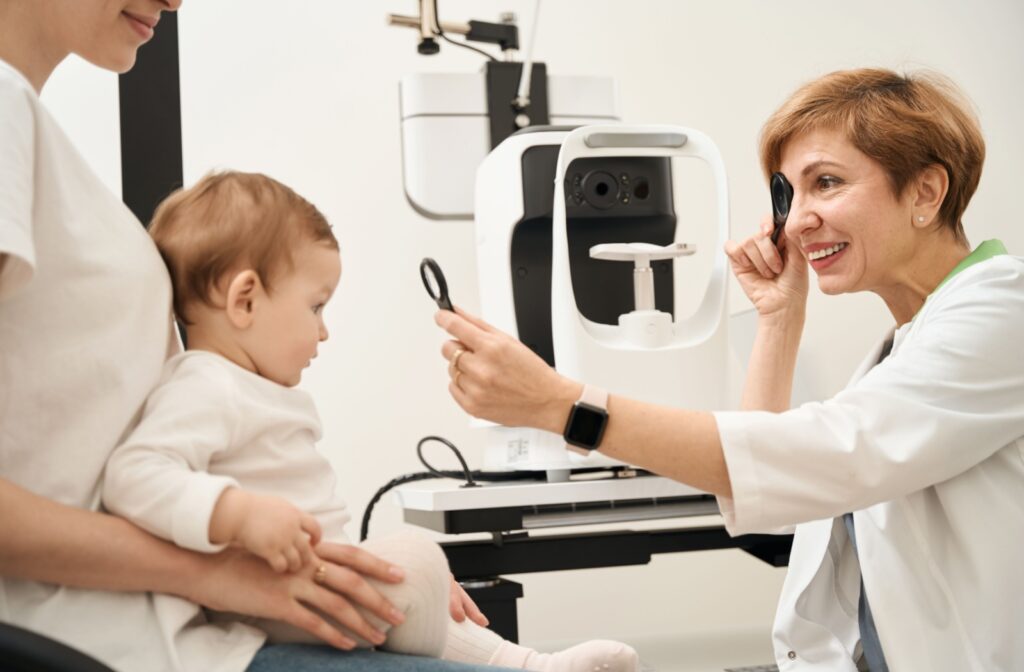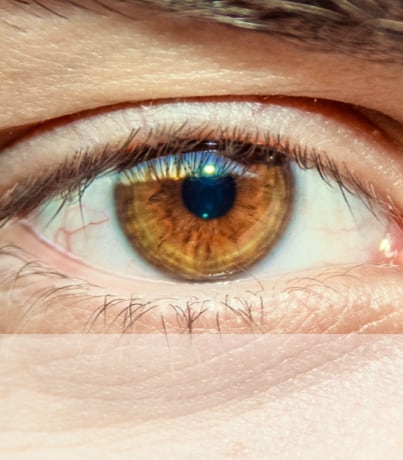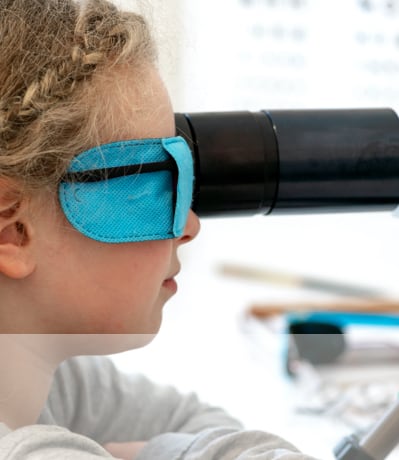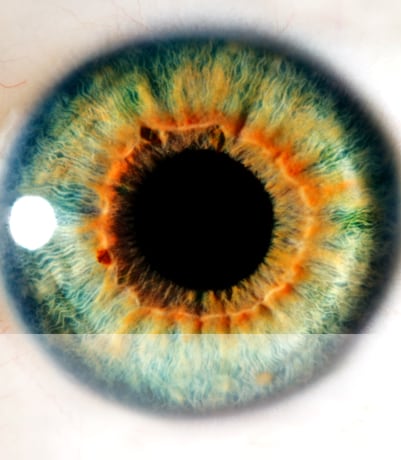There are many situations and conditions that can cause poor vision for kids. As a parent, it’s natural to be worried—but knowing what to look for can be a great way to gain peace of mind. Identifying those problems as early as possible can help you get support for your child’s vision development and eye health.
The signs of vision problems in infants can vary depending on their age and personal development, but often include frequent eye rubbing, blinking, and squinting. If an infant rarely makes eye contact or has trouble following objects with their eyes, that could indicate vision problems too.
Fortunately, help is available for all of those situations, and it starts with a comprehensive eye exam. When you visit us, we can examine your child’s eyes and provide personal guidance on how to help them see clearly and support their long-term eye health.
Common Signs of Vision Problems in Infants
As a child develops, their eyes and vision constantly change. This is a normal part of growing up. Yet they may not entirely know how to communicate when something’s wrong, especially if they’re younger.
The good news is that there are visible signs to watch for. Here are some common signs that an infant may have vision problems:
- A lack of eye tracking, where their eyes don’t follow objects moved in front of their face.
- Misaligned eyes, such as crossed or turned eyes.
- Sensitivity to light that might make the baby squint or cry excessively when exposed to brighter environments.
- Frequent rubbing of their eyes, which can signal discomfort or irritation.
- Excessively water eyes or discharge that suggests a deeper eye-related issue.
- Repetitive or unusual motions, like eye shaking or fluttering.
If you notice any of these signs, consider scheduling an eye exam. Early detection is the first step toward healthy visual development.
The Importance of Early Detection
Healthy visual development is an important part of growing up for kids. A vision problem going unnoticed affects much more than sight, it can directly change how an infant experiences and interacts with the world.
By identifying a problem early with routine eye exams, you can address it and preserve your child’s future eye health. It’s an excellent way to set the foundation for healthy development as they grow.
Why Children’s Eye Exams Are So Important
Through regular children’s eye exams, you can get a full understanding of your child’s eye health and catch vision problems before they cause trouble.
During a children’s eye exam, optometrists typically do the following:
- Check your child’s ability to see clearly at different distances.
- Look for common vision problems like nearsightedness, farsightedness, or astigmatism.
- Check for signs of conditions that can benefit from vision therapy.
- Make sure their eyes are working well together and properly aligned.
These eye exams are about being proactive as well as keeping an eye on your child’s vision over time. Through routine eye exams, we can track how your child’s eyes are developing and give personalized advice on helping them keep their eyes healthy and their vision clear.
When Should a Child Have Their First Eye Exam?
A child’s first eye exam should take place earlier than most people assume. Ideally, this should be scheduled around 6 months old, even if they’re not showing any signs of vision problems.
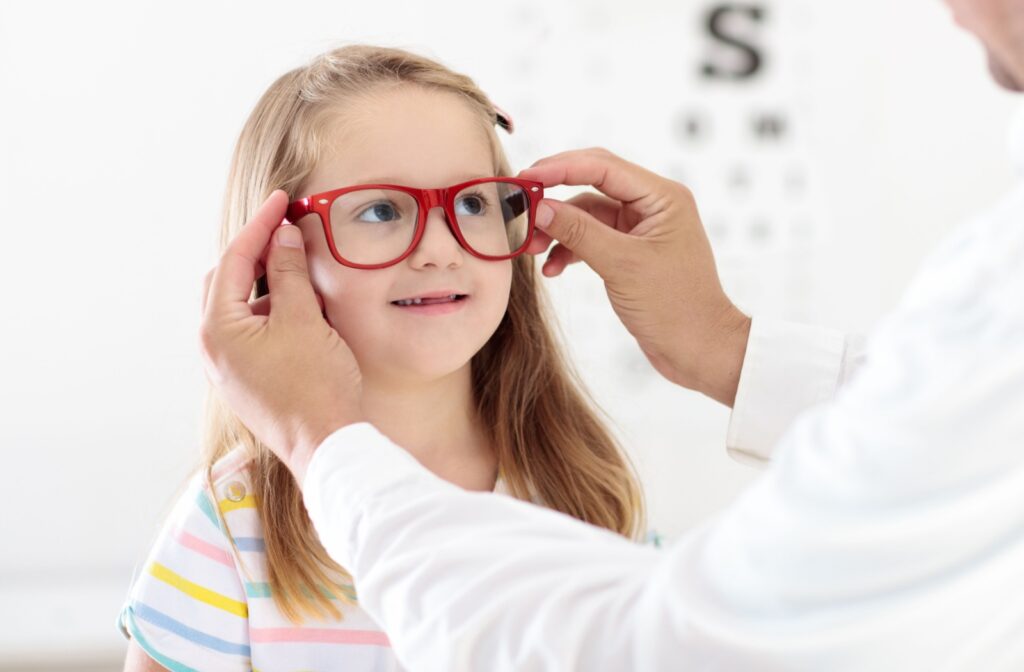
This first visit is essential. It’s designed to check for basic issues in:
- Eye health
- Clarity
- Alignment
- Development
Then, after the exam, you should schedule another eye exam before they enter school. From there, yearly eye exams are important for tracking their eye health and development.
Tips for Supporting Your Child’s Vision Development
While eye exams are important, they’re just one piece of the puzzle. As your child grows, they’ll constantly be developing, so simple habits can make a significant difference.
Some of the things you can do to promote healthy vision development include:
- Using high-contrast toys, books, or patterns to stimulate visual interest in babies.
- Hanging colorful or moving objects like mobiles at different angles and distances to encourage tracking and focus.
- Making sure to provide proper lighting in play or sleeping areas in order to reduce unnecessary eye strain.
- Encourage them to spend time outside as they age, which may lower the risk of developing conditions like nearsightedness.
Book Your Child’s Next Eye Exam Today!
Helping your child develop healthy vision can be easier when you stay proactive. Early detection makes all the difference, that’s why our team at Bettner Vision is here to help. Together, we can work towards a clearer, brighter future for your child.
Book your child’s next eye exam with our team today!

